Fortunately, you have many excellent ways to improve your customer experience. By reading further, you will learn the 11 most popular of these methods. You will also learn how you can implement them to develop the customer journey your customers expect you to have.
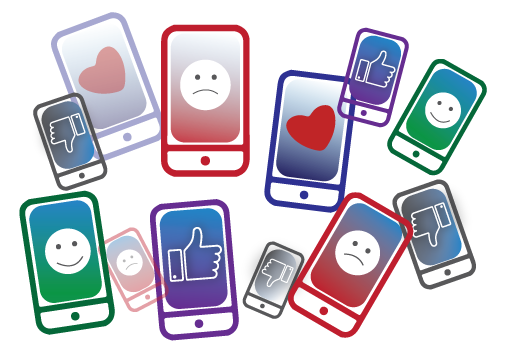
The Many Ways to Improve Your Ecommerce Customer Experience
Customer experience is how your customers perceive your business. In practice, it describes how effectively your customers think you communicate and connect with them. Your customers develop it through each interaction they have with you and your brand.
These interactions can take place over the phone, in your stores, or online through your eCommerce website or social media profiles. Either way, they can significantly influence future customer behavior. Positive customer experience can improve brand loyalty and customer retention, but a single bad moment can even scare off your most loyal customers.
Therefore, you always want your company to offer its customer the best customer experience you can provide. However, there is no “one way” to improve the experience your customers' experience, especially in eCommerce.
Good customer experience comes from what your customers want and expect. As such, what works in one industry may not work in another, and you must poll your customers to understand what they need. Fortunately, there are a few common methods that should work in most cases in one form or another.
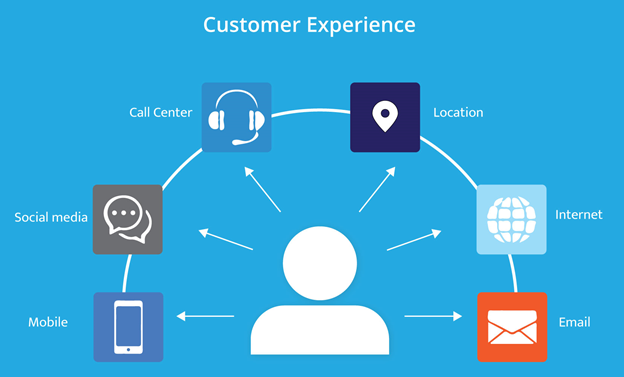
1 An Advanced and Intuitive User Experience
In eCommerce, your website is usually your customers’ first and only interaction they will have with you. As such, you want to ensure they can fully engage and use your site as needed. In other words, you want to deliver the best user experience (UX) your site can provide with the right design and features
Off the bat, your site must be mobile optimized. This is not negotiable. Your customers use multiple devices to make purchases or to interact with your site and services. The massive spikes in retention, sales, and conversions are just the tip of the iceberg of benefits for your company.
Besides mobile optimization, your site and apps must make sense to the user with an intuitive navigable structure. It should be easy for your visitors to search or browse through your product catalog with strategic categories and product pages.
The search function should also provide easy access to your other content and information such as product guides, technical support pages, and anything else your visitors may want.
Finally, your site must have a streamlined and intuitive purchasing process. Your customers should only need a minimal effort you go through your sales process
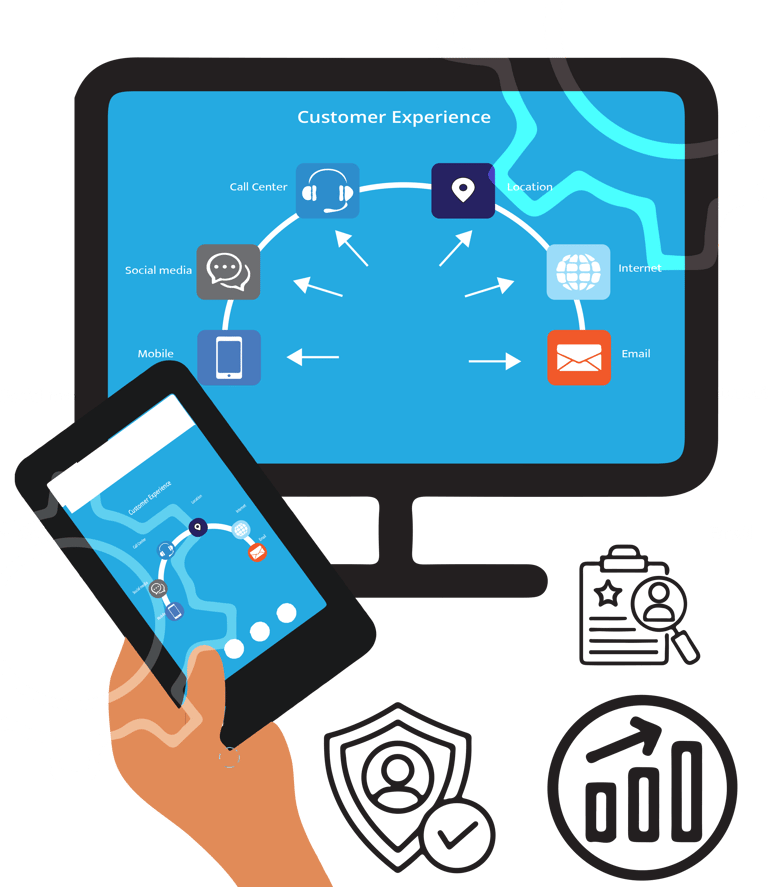
2 Appeal to Customer Senses and Emotions
Great customer experiences immerse you into the brand. They make the bran a part of your life through positive emotions and rewarding sensations. Therefore, you want to appeal to your customers’ senses and emotions as much as possible. You want to make an impact every time your visitors use your site.
However, eCommerce offers nothing for touch, taste, or smell. You only have control over the sights and sounds. Therefore, these senses should be the focus of your digital efforts. For example, augmented and virtual reality technologies can help your customers feel immersed in your digital brand.
Luckily, you can convey feelings normally associated with smell, taste, and touch through your site’s multimedia experience. Through a combination of high-quality photographs, videos, and other multimedia content, you can elicit strong feelings that can turn your visitors into customers.
3 Built Great Product Pages That Are Easy to Navigate
.png?width=1094&name=4%20(1).png)
Your product pages are the key feature in your attempt to appeal to your customers’ emotions and senses. More than any other marketing channel, it is your product pages that can make or break any sale.
Your potential customers are searching for solutions to their problems. Your product pages must offer these solutions by providing enough information about your products without overwhelming them. If done right, your product pages will be the final push towards a purchase.
Each page should be a multimedia experience based on the needs of your customers. For instance, all product visuals should include high-quality images with videos that give in-depth real-world insights into your products. Through it all, your visuals should help your customers see how your products benefit them.
You can then broaden the customer experience through engaging and emotion-evoking product page copy. Each description provides the most relevant features and benefits for the customer. Combined with an easy-to-use, robust product search with proper product categorization and filtering, your product pages would give your potential customers reasons to stay and enjoy your services.
4 Provide a Truly Omnichannel Experience
Your customers use multiple devices and platforms and expect to access your content through them all. They also expect the same buying and service options through your website, social media platform, physical stores, and third-party marketplaces. As such, you must deliver a smooth and streamlined omnichannel experience.
Unfortunately, a truly omnichannel experience does not yet exist. Your customers cannot engage with your brand through any channel or device they choose at this time. However, all is not lost. You can provide pieces of it to improve brand loyalty and the overall customer experience. The trick is keeping your brand active on your customers’ preferred channels.
Staying active on a channel means having a comprehensive plan for your brand on that channel. This plan should define how you will use and integrate the platform into your overall online experience. It should also take full advantage of the channel’s features while remaining flexible enough to evolve as the platform changes. You want your brand to remain current and relevant for as long as the channel remains relevant to your customers.
Finally, all customer engagement must cross the various channels without requiring your customers to “start over”. They should be able to pick up where they left off. This means that you must maintain the flow of information between the channels, preferable from a single centralized location that you can
.png?width=505&name=5%20(1).png)
integrate into your CRM and other integrated tools.
5 Personalized everything Interaction with Your Customers
Business personalization is often misunderstood. Your customers do not want fully personalized products or experiences. They want you to hear, value and appreciate them. Personalization is how you achieve this, but you must always keep this distinction in mind.
With that said, most people will gladly exchange their data to save money with personalized promotions, deals, or discounts. Some of them will even do it for speedier problem-solving. If you focus your personalization efforts on these areas, you will see increased sales and retention rates. For instance, you can offer personalized homepage and product pages.
However, everyone despises irrelevant retargeting, often dubbing it “an invasion of privacy”. Therefore, you should avoid marketing strategies that follow your customers around the internet. You can do this through frequency caps and burn codes that manage when your automatic targeting rules take place.
6 Proactive and Responsive Customer Engagement
A part of your personalization efforts, your company must provide proactive and responsive engagement.
This is because your customers will come to you through various means. Some will make the trek on their own. Others will require you to guide them through the process. Either way, you must deliver what each customer needs along the journey.
How you decide to engage your customers should be guided by the needs of your customers and the benefits you provide them. As such, there is no right or wrong solution here, but you can get started with the following.
Proactive Outreach
- Text messaging individual customers and audience segments
- Regularly scheduled newsletters and email marketing activities
- On-site and social media chatbots and live messaging
Responsive Outreach
- Post-purchase feedback surveys
- Cart abandonment email and message
- Exit-intent pop-ups
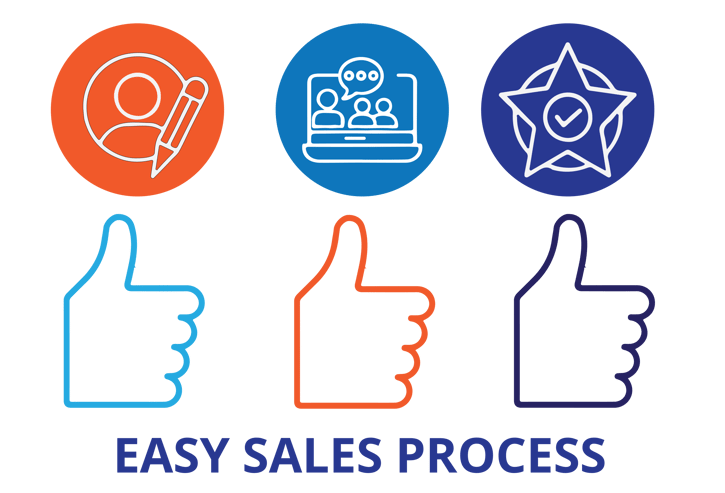
7 Proactive and Responsive Customer Support
Being proactive and responsive to your customers continues after the sales process. Along their journey, your customers will need access to the appropriate levels of support. To keep them happy and engaged with your brand, you must provide this support quickly and as needed through whatever channel your customers choose such as social media or email.
Self-service customer service features such as FAQ pages and knowledge bases let your customers control the level of service. However, you must also provide fast, friendly, and effective live service when your customers need a more personal touch.
Fortunately, your self-service options should give your customer support team the time and resources to solve any issue that may arise
8 Optimize Your Supply Chain
It does not that much to realize that e-commerce supply change bottlenecks can seriously impact the customer experience during pandemics and other natural disasters. However, your supply chain can face numerous disruptions even during normal times.
Therefore, you want streamlined supply chain management that is flexible enough to weather any storm. That way you can deliver your products to your customers on time without stockouts.
A part of the process is handling any disruptions that pop up quickly and as soon as possible. Another is centralizing your inventory data for your omnichannel sales and operations. As mentioned before, you must keep all your channels in sync. This will reduce your risk of overselling your stock.
Properly optimized, your supply chain will ensure your customers get the full value out of your brand, keeping them satisfied.
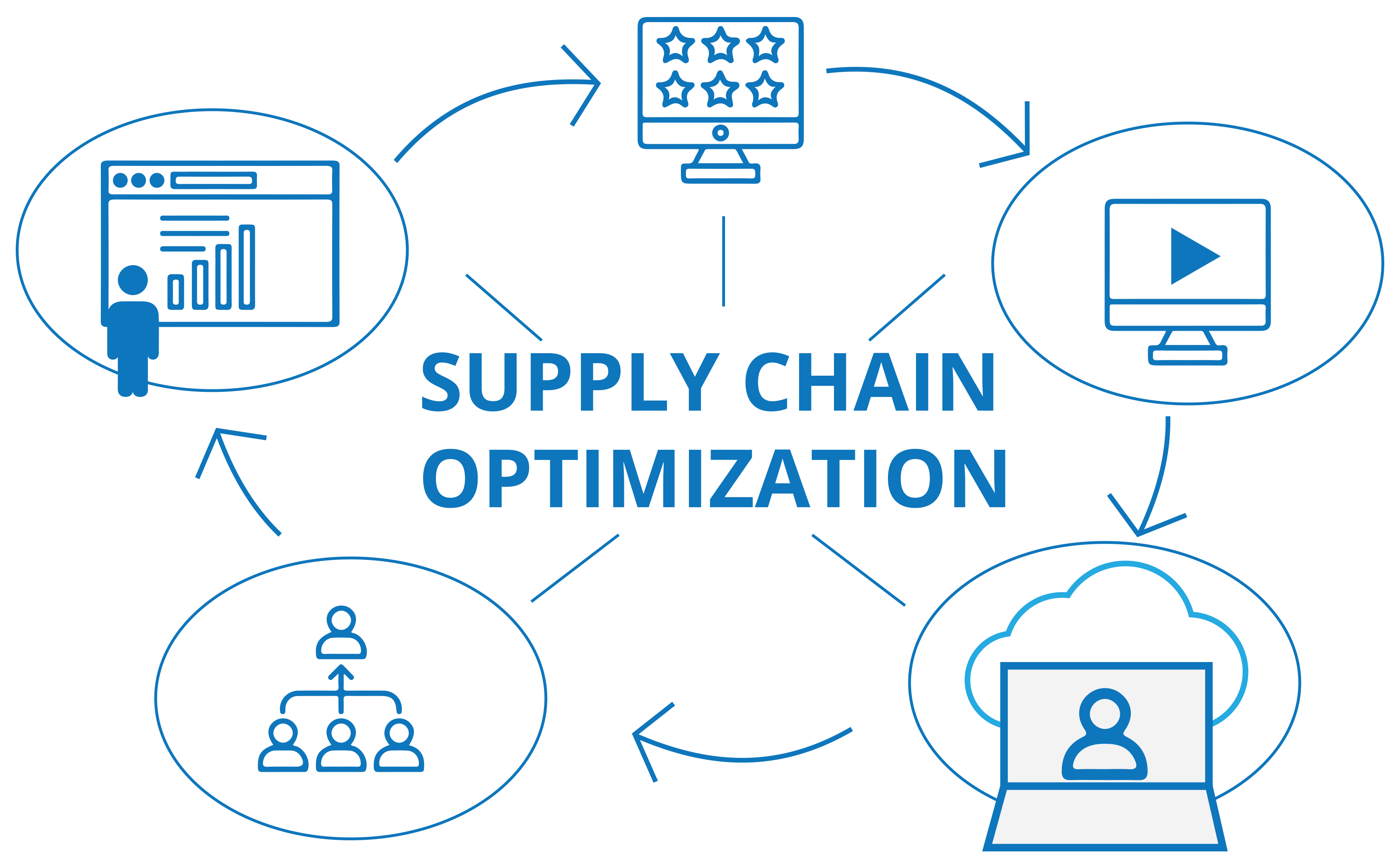
9 Provide Free and Fast Shipping, BOPIS, and Other Fulfillment Options
Your delivery and fulfillment options affect your eCommerce customer experience more than you think. Your customers expect fast delivery with their packages arriving at their doors within seven days. They also want free and low-cost shipping options. Therefore, you can improve your organization’s customer experience by offering these services with your orders.
Your customers also want convenience. For instance, if you have brick-and-mortar stores along with your online operations, you should offer BOPIS (“buy online, pick up in-store”) and similar fulfillment options. This will let your customers save on their shipping fees while ensuring the product will be in stock once they get to your store.
BOPIS also saves your company money on shipping and restocking costs. It also brings the customer into your store for future sales opportunities. It will even streamline returns as the customer would just head towards their nearest in-store location.
If your company has no physical stores in the customer’s area, you can try offering third-party fulfillment options. A good example of this is Amazon who offers fulfillment through such places as Rite Aid and Kohls.
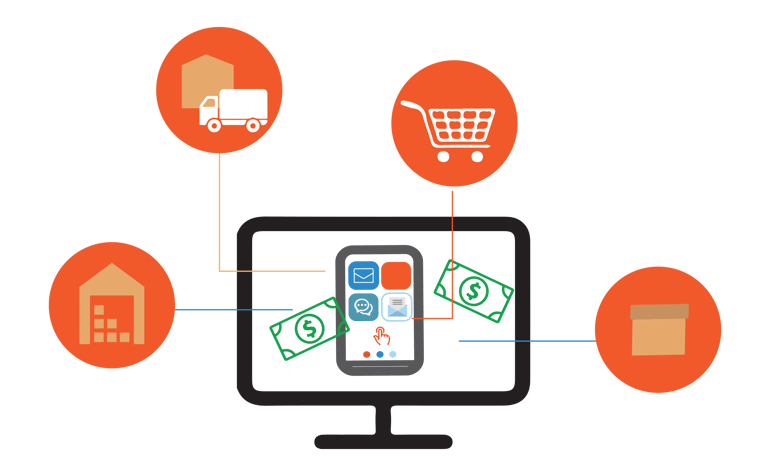
10 Offer Your Customers Multiple Payment Options
Along with your fulfillment options, you want to give your customers multiple payment options. While most customers will pay with their credit cards, many others will choose mobile and internet payments options when available. Some of your customers may even pay you in multiple currencies.
While you never have to offer every payment option out there, you do want to offer your customers’ preferred methods. Your goal is to then provide these options securely and seamlessly.
You can offer payment plans such as subscriptions for goods and services your customers use regularly. These reoccurring payments are more convenient than paying for everything upfront while providing a continuous revenue stream for your organization.
Other popular payment plans include layaways, financing, and pre-purchasing.
11 Turn Your Customers into a Community
The ultimate goal for your eCommerce customer experience efforts is to turn your moat loyal and engaged customers into a community. This community would entice these customers to continue to consume your products and services on a more personal and emotional level.
Combined with your influencers and business partners, this community of customers would do much of your future marketing and sales efforts for you. How this all works is up to you. You can let your community produce product reviews, user-generated content, usage tips, and anything in between.
We only recommend that you build and maintain this customer community across all of your channels. That means taking it with you as your brand expands to new platforms. Your goal should be to ensure your audience only interacts with your brand through community and nowhere else.
Conclusion
In today’s business environment, it is not enough to have great products. To remain competitive, you must also offer your customers the best eCommerce experience possible. If you need help devising a workable customer experience plan for your organization, contact us today. Our representatives will help you decide which ways will improve your customer relationships while staying within your budget.


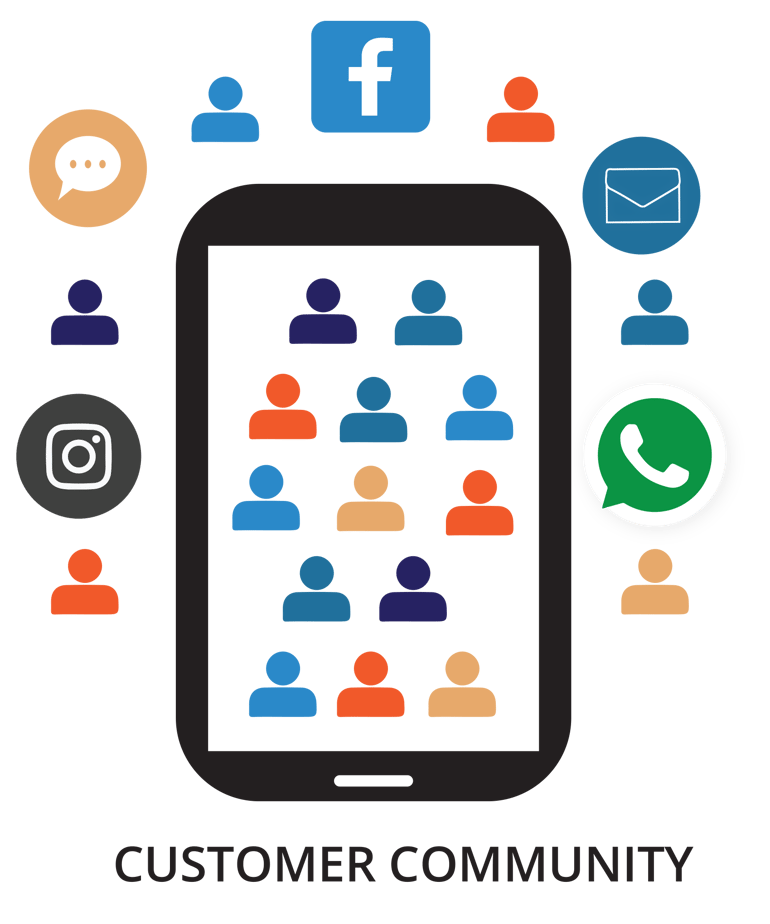
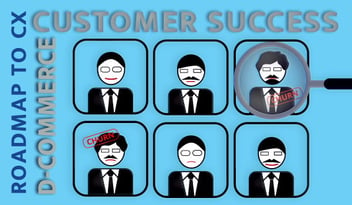
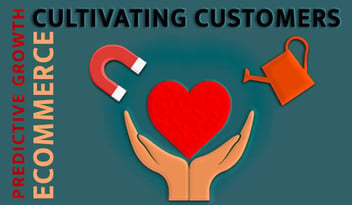
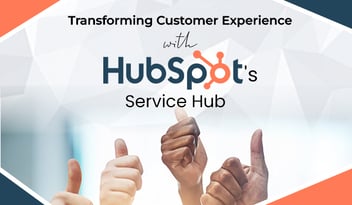
Leave a Comment